Post by timetraveler22 on Jan 3, 2016 2:52:26 GMT
So, in the future, when the time comes, there will be the big question: How will we be able to create and edit planets in Thrive? Well, I've got an answer when that time comes, and I've got a huge example to help understand how the editor will work.
But I first have a question to ask... Did you ever play Minecraft? If you did, you might've thought of the idea of wanting to build your own minecraft world in which you can explore an island or turn it completely into a city ingame. Well, there is a program that has done that known as "World Painter". World Painter is a program where you can literally paint your own world. And this program is what I would like to base Thrive's planet editor with.
So to explain how to implement the program to the future editor, I will use my example planet to guide my idea into sense. When I made Spore GA planets, I usually designed it first like how I would like it's terrain, or what flora, or what fauna... sometimes I would build creatures specific for that planet(I always liked making safari-like planets to explore and search for wildlife). So for this planet, I will base it on the habitats that are native to my area in South Florida: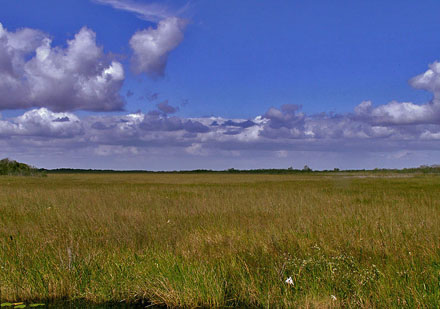 Sawgrass Prairie,
Sawgrass Prairie,
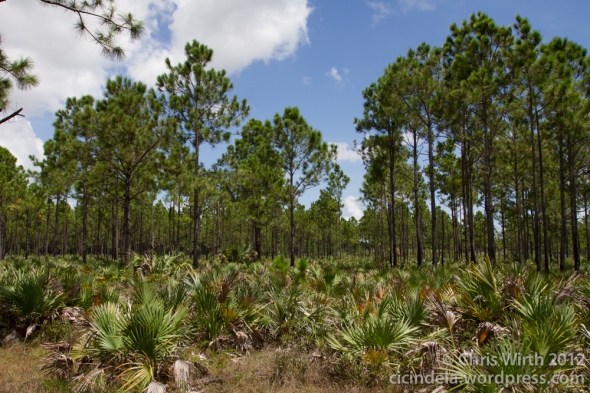 Pine Rocklands,
Pine Rocklands,
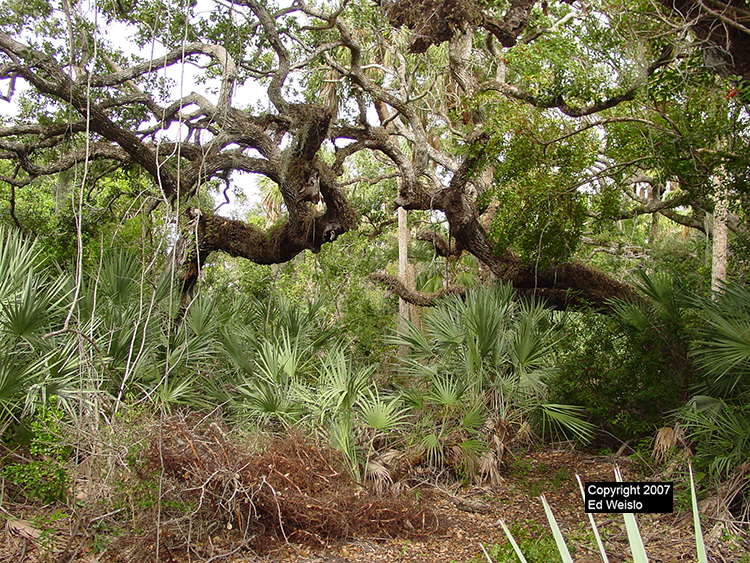 Hardwood Hammocks,
Hardwood Hammocks,
 Coastal Dunes/Beaches/Sandbed,
Coastal Dunes/Beaches/Sandbed,
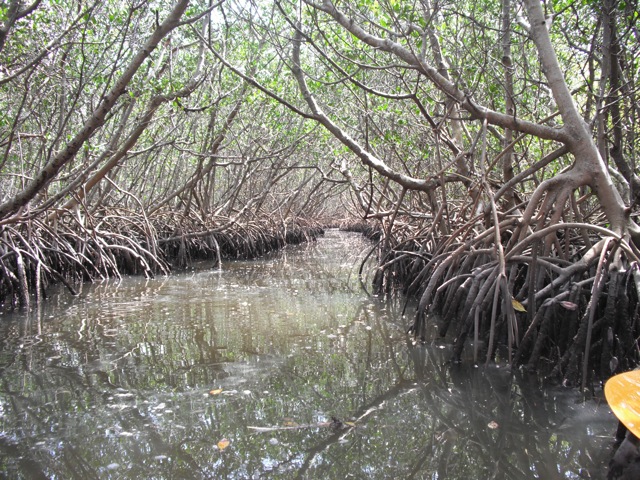 Mangrove Forests/Creeks,
Mangrove Forests/Creeks,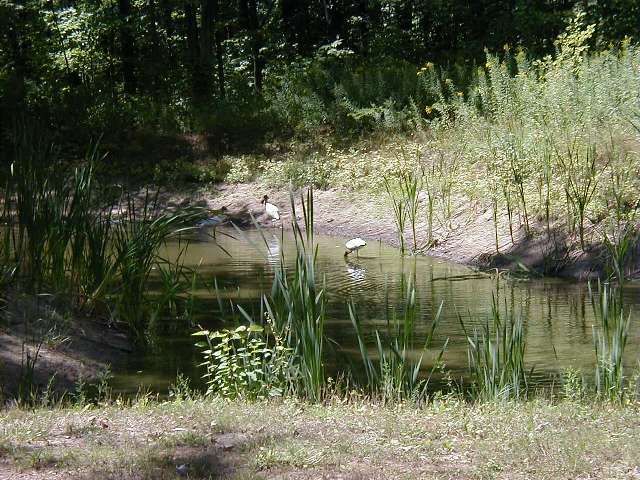 Freshwater Ponds, and
Freshwater Ponds, and
 Seagrass Flats.
Seagrass Flats.
So, I probably should describe these habitats to help you understand. So starting off with the sawgrass prairies, it's pretty straight forward. Sparsely dotted with a cluster of palms, the habitat itself is dominated by sawgrass. Soil is just a marshy, white compost as long as it's the dry season when it's not underwater. The habitat is bordered by mangroves, hammocks, and rocklands and is set really low since the water here has eroded the ground over time.
Pine Rocklands is set pretty high, although it is still relatively flat. Ground composition is primarily white limestone sand and pebbles with bare limestone on the surface. It has a sparse, low lying canopy made of nothing but Slash Pine but with a teaming diversity of shrubs and ground cover like the rare coontie and the saw palmetto.
The Hardwood Hammock is set even higher up from the rocklands since throughout time the large trees have trapped water from eroding the ground. These hammocks are also known as tree islands since that's basically what they are. An imporatant thing to note for making this habitat is that they're always going to be shaped like a tear since when the sawgrass prairies flooded over time, that's the shape that comes out of these hammocks. These tree islands have a very interesting geography. Many come with caves from the acidic rain that has drained in the center of the forest thousands of years. These are known as solution holes. Some even come with mini-waterfalls. Soils will be limestone rock covered with brown soils mixed with leaf litter. The flora of a hammock is mostly composed of a large canopy with a sparse understory mostly made of rare ferns, orchids, shrubs, and the saplings of the canopy trees. A lot of flora is also made up of the epiphytic plants that live on the branches of trees.
I put Coastal Dunes, Beaches, and sandbeds as one since I can make one biome out of these three habitats. They all have the same soil composition which is bare white sand, and they all work relatively close to each other. Coastal dunes is what holds up a beach, a large diversity of low-lying shrubs and tall grasses grow they're roots to the edge of the beach to hold the beach in place. while the beach is just bare sand, it still needs to be recognized later when we add fauna. Sandbeds are a place where dozens of large marine organisms like snook, tarpon, and dolphin come to feed on bait organisms like shrimp, crab, and herring and where seaturtles come to lay their eggs on the beach.
The Mangrove Forests and creeks I deal with are primarly dwarves where they only grow to 4 feet tall but are still hundreds of years old. The creeks are narrow and are teaming with snappers and mullet which you can hear jump in the dead silence of the forest. The forest ground is hard to hike since is anaerobic muck mixed with leaflitter, if you can even push through the mangrove trees themselves which is VERY VERY dense. They're usually connected to the sawgrass prairies and the hammocks going inland, and are instantly connected to the Seagrass Flats going seaward.
Freshwater ponds are dotted across the entire state(and the entire world of course), they have a wide variety of marsh plants like lilies, horsetails, cattails, and pickerelweed. They're bottoms are made of mud with limestone jutting out of them.
Seagrass Flats is the last habitat I'm going to talk about to explain this planet. The flats is an extensive habitat of totally marine plants that borders Florida's shoreline and are one of the most important habitats of them all. Most of the time, seagrass will grow in very shallow water that extends as far as the eye can see and is basically how it gets it's name: the flats. The flats is also made up of mud and just goes on forever. Many species calls this home like dolphin, manatee, and seaturtles and are also the home for many reef fish that are too young to live in the reefs. The flats also cleans the water's composition that makes the reef pristine.
So, now you know how the habitats are like, I will then make a map to see how it would look, Ok, I could've done better, but you get the point. In the editor you can choose your ground for sounds or for aesthetics, you can create caverns and choose floras for each biome that suites you that you've made yourself. You can choose up to 6 ground cover, small shrub, small tree, large tree. And you can put up to 70 different animals and choose which biome they go to and behave like if they will run away from you, attack you, ignore you; live alone, or in aggregations with other species, or in pairs, or in large groups.
Ok, I could've done better, but you get the point. In the editor you can choose your ground for sounds or for aesthetics, you can create caverns and choose floras for each biome that suites you that you've made yourself. You can choose up to 6 ground cover, small shrub, small tree, large tree. And you can put up to 70 different animals and choose which biome they go to and behave like if they will run away from you, attack you, ignore you; live alone, or in aggregations with other species, or in pairs, or in large groups.
I'm sorry if I took a lot of words about my local habitats for just this last paragraph, but I hope I get through with someone. If anybody's interested in World Painter, just search it and you'll find it. Devs, will you consider this?
But I first have a question to ask... Did you ever play Minecraft? If you did, you might've thought of the idea of wanting to build your own minecraft world in which you can explore an island or turn it completely into a city ingame. Well, there is a program that has done that known as "World Painter". World Painter is a program where you can literally paint your own world. And this program is what I would like to base Thrive's planet editor with.
So to explain how to implement the program to the future editor, I will use my example planet to guide my idea into sense. When I made Spore GA planets, I usually designed it first like how I would like it's terrain, or what flora, or what fauna... sometimes I would build creatures specific for that planet(I always liked making safari-like planets to explore and search for wildlife). So for this planet, I will base it on the habitats that are native to my area in South Florida:
 Sawgrass Prairie,
Sawgrass Prairie, Pine Rocklands,
Pine Rocklands, Hardwood Hammocks,
Hardwood Hammocks, Coastal Dunes/Beaches/Sandbed,
Coastal Dunes/Beaches/Sandbed, Mangrove Forests/Creeks,
Mangrove Forests/Creeks, Freshwater Ponds, and
Freshwater Ponds, and Seagrass Flats.
Seagrass Flats.So, I probably should describe these habitats to help you understand. So starting off with the sawgrass prairies, it's pretty straight forward. Sparsely dotted with a cluster of palms, the habitat itself is dominated by sawgrass. Soil is just a marshy, white compost as long as it's the dry season when it's not underwater. The habitat is bordered by mangroves, hammocks, and rocklands and is set really low since the water here has eroded the ground over time.
Pine Rocklands is set pretty high, although it is still relatively flat. Ground composition is primarily white limestone sand and pebbles with bare limestone on the surface. It has a sparse, low lying canopy made of nothing but Slash Pine but with a teaming diversity of shrubs and ground cover like the rare coontie and the saw palmetto.
The Hardwood Hammock is set even higher up from the rocklands since throughout time the large trees have trapped water from eroding the ground. These hammocks are also known as tree islands since that's basically what they are. An imporatant thing to note for making this habitat is that they're always going to be shaped like a tear since when the sawgrass prairies flooded over time, that's the shape that comes out of these hammocks. These tree islands have a very interesting geography. Many come with caves from the acidic rain that has drained in the center of the forest thousands of years. These are known as solution holes. Some even come with mini-waterfalls. Soils will be limestone rock covered with brown soils mixed with leaf litter. The flora of a hammock is mostly composed of a large canopy with a sparse understory mostly made of rare ferns, orchids, shrubs, and the saplings of the canopy trees. A lot of flora is also made up of the epiphytic plants that live on the branches of trees.
I put Coastal Dunes, Beaches, and sandbeds as one since I can make one biome out of these three habitats. They all have the same soil composition which is bare white sand, and they all work relatively close to each other. Coastal dunes is what holds up a beach, a large diversity of low-lying shrubs and tall grasses grow they're roots to the edge of the beach to hold the beach in place. while the beach is just bare sand, it still needs to be recognized later when we add fauna. Sandbeds are a place where dozens of large marine organisms like snook, tarpon, and dolphin come to feed on bait organisms like shrimp, crab, and herring and where seaturtles come to lay their eggs on the beach.
The Mangrove Forests and creeks I deal with are primarly dwarves where they only grow to 4 feet tall but are still hundreds of years old. The creeks are narrow and are teaming with snappers and mullet which you can hear jump in the dead silence of the forest. The forest ground is hard to hike since is anaerobic muck mixed with leaflitter, if you can even push through the mangrove trees themselves which is VERY VERY dense. They're usually connected to the sawgrass prairies and the hammocks going inland, and are instantly connected to the Seagrass Flats going seaward.
Freshwater ponds are dotted across the entire state(and the entire world of course), they have a wide variety of marsh plants like lilies, horsetails, cattails, and pickerelweed. They're bottoms are made of mud with limestone jutting out of them.
Seagrass Flats is the last habitat I'm going to talk about to explain this planet. The flats is an extensive habitat of totally marine plants that borders Florida's shoreline and are one of the most important habitats of them all. Most of the time, seagrass will grow in very shallow water that extends as far as the eye can see and is basically how it gets it's name: the flats. The flats is also made up of mud and just goes on forever. Many species calls this home like dolphin, manatee, and seaturtles and are also the home for many reef fish that are too young to live in the reefs. The flats also cleans the water's composition that makes the reef pristine.
So, now you know how the habitats are like, I will then make a map to see how it would look,
 Ok, I could've done better, but you get the point. In the editor you can choose your ground for sounds or for aesthetics, you can create caverns and choose floras for each biome that suites you that you've made yourself. You can choose up to 6 ground cover, small shrub, small tree, large tree. And you can put up to 70 different animals and choose which biome they go to and behave like if they will run away from you, attack you, ignore you; live alone, or in aggregations with other species, or in pairs, or in large groups.
Ok, I could've done better, but you get the point. In the editor you can choose your ground for sounds or for aesthetics, you can create caverns and choose floras for each biome that suites you that you've made yourself. You can choose up to 6 ground cover, small shrub, small tree, large tree. And you can put up to 70 different animals and choose which biome they go to and behave like if they will run away from you, attack you, ignore you; live alone, or in aggregations with other species, or in pairs, or in large groups. I'm sorry if I took a lot of words about my local habitats for just this last paragraph, but I hope I get through with someone. If anybody's interested in World Painter, just search it and you'll find it. Devs, will you consider this?





